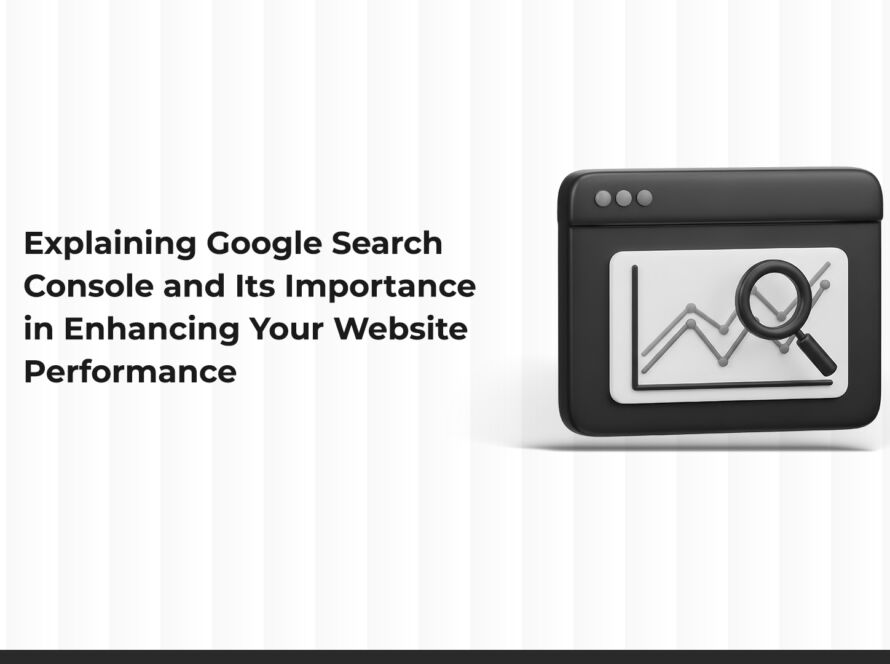Advertising campaigns are among the most powerful marketing tools companies use to strengthen their presence in the market, boost profits, and increase brand awareness. However, the success of an advertising campaign isn’t measured solely by how far it spreads—but by how effectively it delivers the highest possible Return on Investment (ROI). With increasing competition across industries, it has become crucial for campaigns to be precise, data-driven, and results-oriented. So, how can you plan and execute a successful campaign that achieves maximum ROI? Let’s explore the key steps together.
1. Set Clear Campaign Objectives
No advertising campaign can succeed without well-defined goals. Ask yourself:
What do I want to achieve from this campaign?
Do I aim to increase sales, build brand awareness, attract new customers, or re-engage existing ones?
Use the SMART framework to set your goals so that they are:
- Specific
- Measurable
- Achievable
- Relevant
- Time-bound
For example, instead of setting a vague goal like “increase sales,” you can define it more precisely as “increase sales by 20% within three months.”
2. Identify Your Target Audience Accurately
Once goals are defined, you need to determine who your campaign is speaking to. The success of any advertising effort depends heavily on reaching the right audience. Understand your target audience in terms of:
- Age and gender
- Geographic location
- Interests and purchasing behavior
- Problems or needs your product can solve
Use analytical tools such as Facebook Audience Insights and Google Analytics to gain a deeper understanding of audience behavior. Customer surveys and historical data can also help you identify the most engaged segments.
3. Choose the Right Advertising Channels
With so many advertising platforms available, choosing the right one is essential for efficiency and cost control. Each channel serves a different purpose:
- Paid Search Ads (Google Ads): Perfect for targeting users actively searching for your product or service.
- Social Media Ads (Facebook, Instagram, TikTok, LinkedIn): Effective for engagement and brand awareness.
- Display and Video Ads (YouTube, Display Networks): Ideal for visual storytelling and emotional impact.
- Email Marketing and Content Marketing: Excellent for nurturing leads and maintaining long-term relationships.
- Influencer Marketing: Leverage trusted voices in your niche to promote your products or services.
4. Craft a Compelling Advertising Message
After identifying your audience and channels, you must create a powerful and persuasive message. The content of your ad is the king of your campaign—it should be attention-grabbing, emotionally engaging, and reflect your brand identity.
Key elements include:
- A strong headline: Capture attention immediately.
- Unique value proposition: Why should customers care? What makes you different?
- Clear Call to Action (CTA): Direct users toward the next step—“Buy Now,” “Book for Free,” or “Learn More.”
- Appealing visuals: Use images or videos that reinforce your message and boost engagement.
5. Set Your Budget and Spending Strategy
Budgeting is a critical step in campaign planning. Determine how much you’re willing to invest and how to distribute the budget across channels. Keep it flexible—adjust based on performance data.
A solid budget plan should include:
- The total campaign budget.
- Allocation across different platforms based on expected performance.
- Test spending through pilot campaigns before scaling.
- Adjustments according to results to ensure optimal ROI.
6. Launch and Monitor Campaign Performance
Once everything is ready—content, creatives, and budget—it’s time to launch your campaign. But the work doesn’t end there. Constant monitoring ensures the campaign stays on track. Use analytics tools to measure effectiveness:
- Google Analytics: Track traffic sources and user behavior.
- Facebook Ads Manager: Measure ad performance on Facebook and Instagram.
- Google Ads Dashboard: Analyze search ad metrics and conversions.
- UTM Tracking: Identify the most effective marketing channels.
- Heatmaps (e.g., Hotjar): Visualize how users interact with your website.
7. Analyze Data and Optimize Performance
Continuous analysis is the foundation of improvement. Monitor key performance indicators such as:
- Click-Through Rate (CTR): Measures how engaging your ad is.
- Conversion Rate: Determines how effectively your campaign achieves its goals.
- Cost per Acquisition (CPA): Calculates how much it costs to gain each new customer.
- Return on Ad Spend (ROAS): Measures profitability compared to ad spend.
Based on these insights, make adjustments such as:
- Refining ad copy.
- Testing new visuals or creatives.
- Adjusting audience targeting.
- Reallocating budget to top-performing campaigns.
8. Study Competitors and Their Strategies
Monitoring your competitors can provide valuable insights. Use tools like Facebook Ad Library and SEMrush to review competitors’ active ads and understand what’s working for them.
9. Implement Integrated Marketing Strategies
Maximize campaign impact by combining advertising with other marketing efforts:
- Support your ads with email marketing.
- Integrate your campaign with interactive or viral content.
- Use cross-platform promotion to enhance exposure and conversions.
10. Evaluate Campaign Results
After the campaign ends, analyze the outcomes. Ask:
- Which goals were achieved?
- Which channels performed best?
- What key lessons were learned?
This evaluation helps improve future campaigns and boost ROI.
11. Improve Future Campaigns
Based on your analysis, refine your advertising strategy. Adjust ad messaging, explore new channels, or redefine your target audience. The goal is continuous improvement to achieve even better results in future campaigns.
12. Keep Learning and Adapting
The advertising landscape evolves rapidly. Stay updated with new trends and technologies, such as AI-powered advertising and influencer marketing. Continuous learning allows you to refine your strategies and maintain a strong competitive edge.
Final Thoughts
Executing a successful advertising campaign that maximizes ROI requires careful planning, precise execution, and ongoing analysis. By setting clear objectives, targeting the right audience, choosing the best channels, crafting engaging content, and using performance-tracking tools, you can achieve outstanding results and maximize profitability.
Remember — campaign success doesn’t end at launch; it depends on constant monitoring, optimization, and learning from every step. Investing in smart advertising management means investing in the long-term success of your brand.



